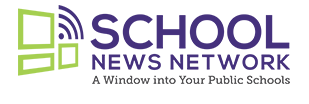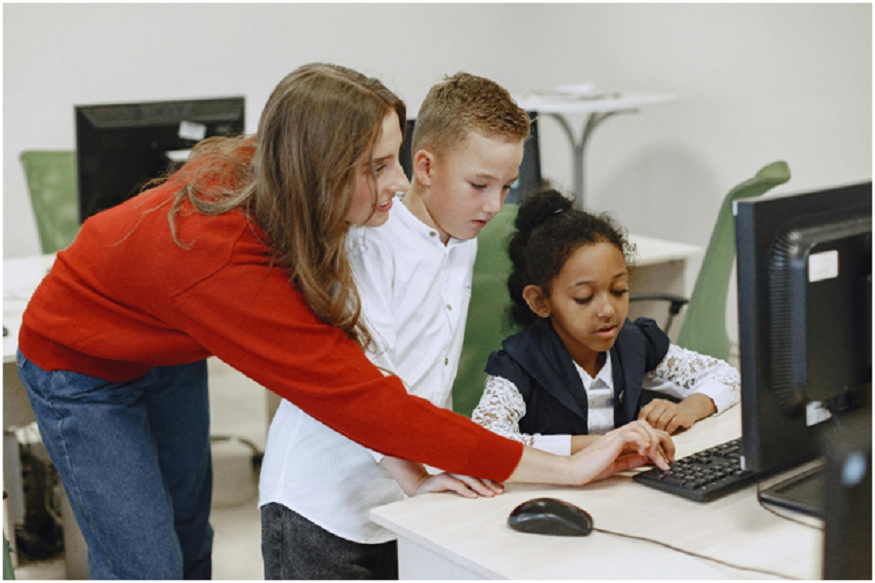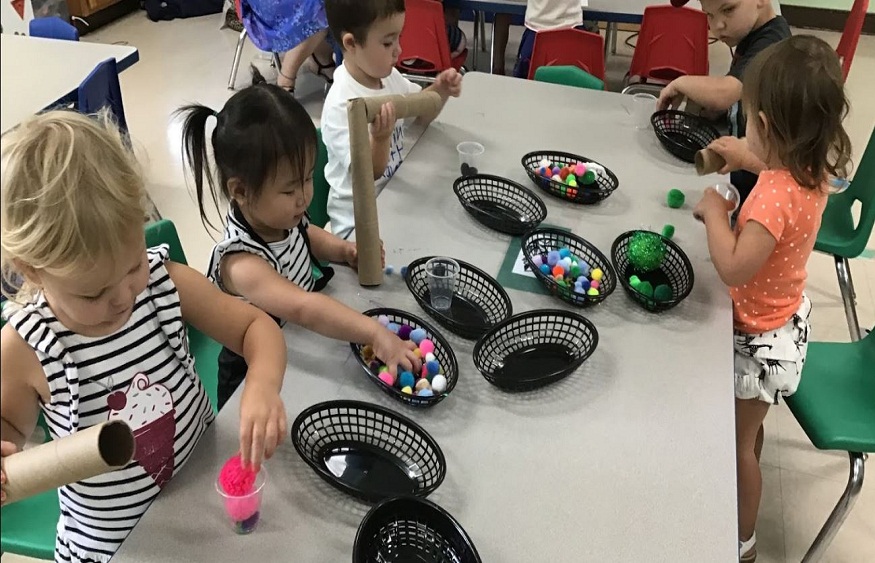Did you know millions of kids need special education to succeed in classrooms? Today, classrooms are changing fast. Blended learningin special education is becoming the new normal. It mixes synchronous learning that lets teachers and students work together; asynchronous learning that comes with recorded lessons that let kids work at their speed; and hands-on instruction that involves touch and movement to help kids learn better through physical activities.
However, blended learning can bring big challenges for special education needs (SEN) teachers. What is the key to making it work? As a school leader or administrator, when you understand the challenges and find simple ways to help teachers, everyone wins. Your support gives teachers what they need to help every student succeed in these new blended classrooms.
Understanding Blended Learning and Its Challenges
First of all, let’s understand the concept of blended learning. It is the mixing of two ways of teaching: the old way in classrooms and the new way with computers and tablets. It lets teachers and students be more flexible while still having clear lesson plans to follow.
But sometimes, this blended learning approach can feel like too much change at once. Many students, who need extra help, seem to struggle with online tools. Therefore, SEN teachers often feel pulled in two directions – trying to use new tech tools while making sure each student gets the personal help they need.
Let’s look at the specific challenges SEN teachers face:
. Digital Tools That Don’t Work for Everyone
Many learning websites and apps are not made with all students in mind, making it difficult for some students to join.
. Each Student Needs Different Help
SEN teachers need to change lessons for each student, but many online tools do not let them make these changes easily.
. Keeping Students Interested
Some students have trouble paying attention or finding their way around online lessons, making it harder to keep them learning.
. Teachers Need More Training
Many SEN teachers have not yet learned about how to use new tech tools while teaching gifted students.
. Not Enough Help from Schools
Without clear rules or enough resources, SEN teachers often feel alone when trying to teach in a blended format.
Now let’s talk about how you can help fix these problems!
Effective Ways to Support Special Education Teachers
Today, many schools are encouraging teachers to pursue Special Education Courses to become more flexible in dealing with blended learning formats. But as an administrator, you can do more. Consider putting in the additional effort to make things work. Here’s how you can turn the challenges into success for SEN teachers:
. Making Digital Tools Work for Everyone
Using something that was not made for the user can be frustrating! Digital learning tools should work for every student. When picking online learning tools, always ask: ‘Will this work for ALL the students?’
Talk to tech companies about making their tools better for everyone in your school. Select tools that read text aloud, turn speaking into writing, and let you change how the text looks. Also, adding tools that put captions to videos can make a big difference.
Good tools help, but teachers need to learn how to use them. Let’s talk about that next.
. Training Teachers in Ways That Help
Knowing which button to click is not enough. SEN teachers need training that fits their classroom needs. Sessions about the kinds of tech tools, ways to change online lessons, and tips for teaching different learners help teachers feel ready to teach in new ways.
Remember, one training day is not enough. Keep offering chances to learn as new tools and ideas come along. This keeps SEN teachers excited and ready to try new things with their students.
With tools and training in place, let’s help teachers plan better lessons.
. Creating Clear Plans for Mixed Teaching
Students do better if they know what is coming next, especially those in special education. Teaching plans should clearly show what methods work for each student’s needs. Ready-to-use lesson outlines, activities that change based on students’ performance, and step-by-step guides save teachers time and stress.
When you give teachers these ready-made tools, they can focus on the best part of their job – teaching students – instead of making everything from scratch.
Teachers should not have to work alone. Let’s focus on building teams that help each other.
. Getting Teachers and Helpers to Work Together
Think about making a team where everyone brings something special. SEN teachers should work with other teachers, classroom helpers, therapists, and tech experts who can all pitch in with online learning.
Consider having team meetings that let everyone share what is working and which areas need improvement. When teachers work as a team, this blended learning gets easier and works better for students.
Sometimes the best plan is one that can change. Let’s make room for that.
. Being Flexible and Putting Students First
One teaching method does not work for all students. Let SEN teachers try different approaches- live video classes, recorded lessons, and one-on-one online help- to find out what suits each student best.
Changing how they teach keeps students engaged and allows teachers to adjust based on each student’s progress.
Taking care of students means taking care of teachers too. Let’s not forget about that.
. Helping Teachers Stay Healthy and Happy
Teaching both online and in-person can feel like doing two jobs at once. This is extra hard for SEN teachers who already have many responsibilities.
Make teacher well-being a priority by offering counseling, mental health help, and groups where teachers can support each other.
Indeed, a teacher, who feels supported, will stay motivated and create a happy learning space for students.
Bottom Line
Blended learning is here to stay. SEN teachers certified in Online SEN Courses play a huge role in making it work for every student. Behind every special education student who succeeds in blended learning stands a teacher with the support they need. What will you do today to help your teachers?




